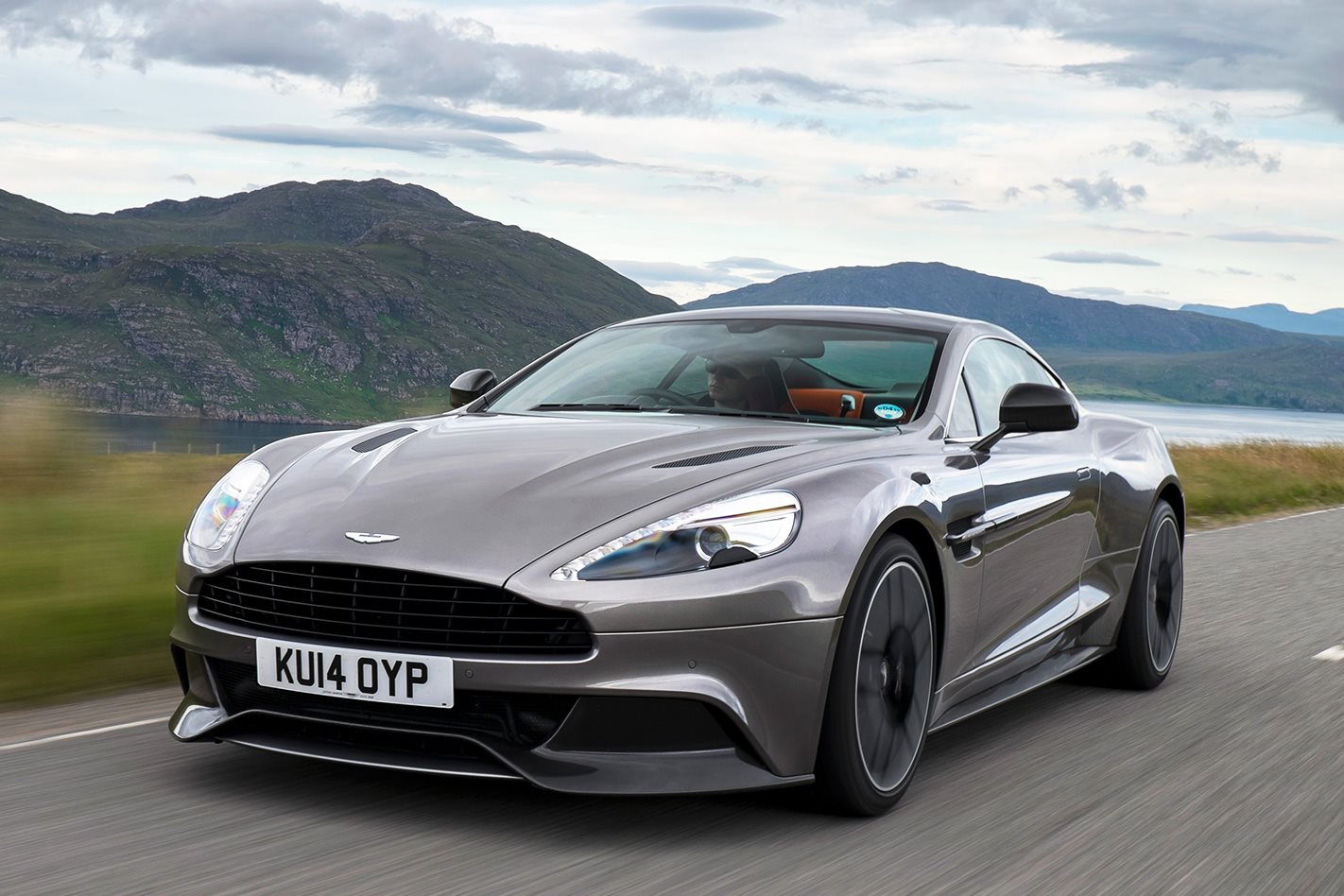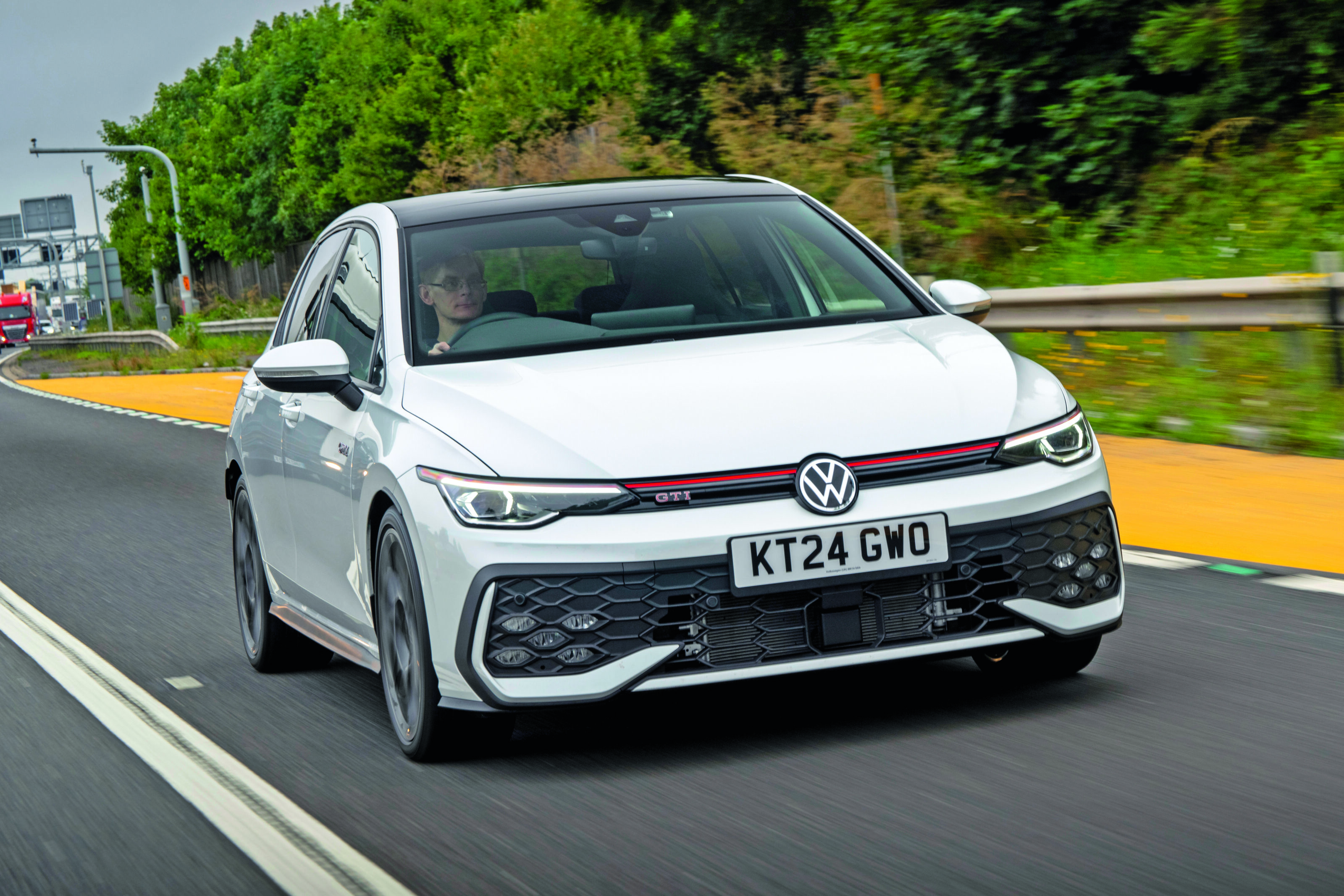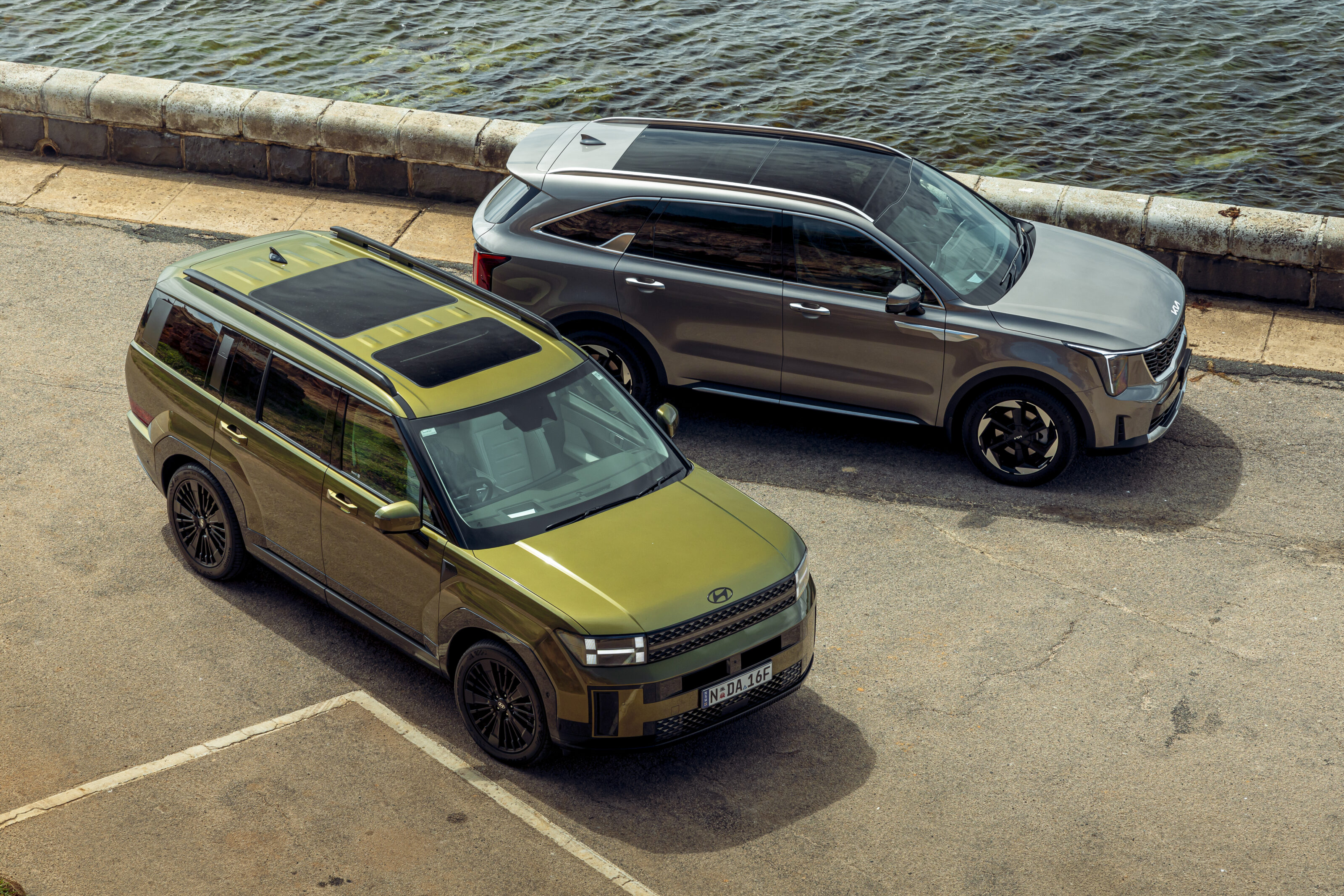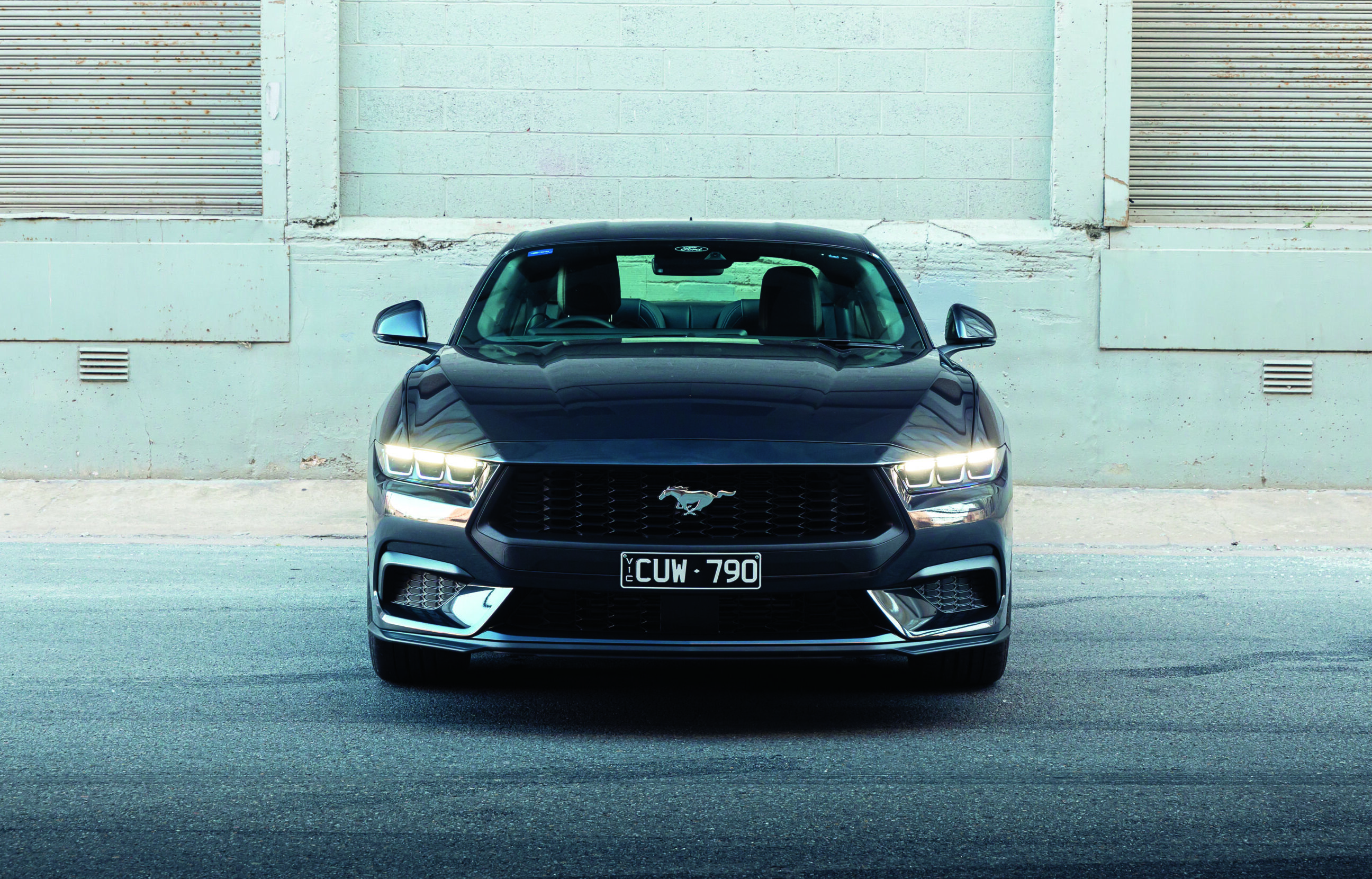You know a component has been underperforming when its replacement transforms the entire car to which it is attached.
There is more to the MY15 Aston Martin Vanquish than a new transmission, but if just looking at what it does for the car on paper gives an idea of the improvements, the change is more dramatic still in the real world.
The reason Aston Martin appears to have been so far behind the curve fitting the now-ubiquitous ZF eight-speed automatic gearbox to the Vanquish (and the Rapide S) is, until now, none has been available for a transaxle application. Placing a gearbox between the rear wheels will work wonders for weight distribution and traction, but it means the prop shaft not only enters the gearbox rather than exiting it, but also does so at engine rather than road speed.
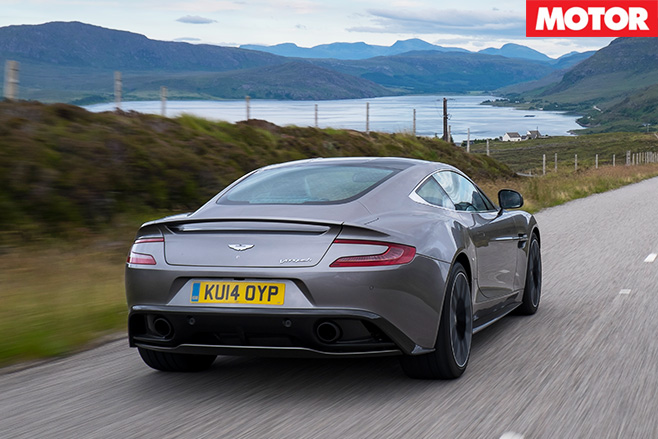
Meanwhile, the closeness of the lower ratios has carved 0.3sec from the 0-100km/h time, which may not sound like much, but down here in the strange world below 4.0sec, it matters. To be perceived as a proper supercar you have to go under 4.0sec and over 320km/h.
Now, the Vanquish can join the likes of the Ferrari F12 and Lamborghini Aventador in this most exclusive club.
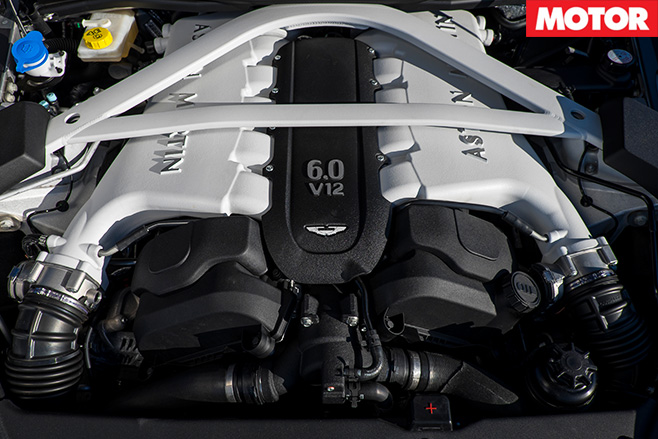
Aston Martin has also gone to work on the suspension, raising the front spring rates by 15 per cent and those at the rear by a substantial 35 per cent, a move coupled with a thicker rear anti-roll bar and new toe and camber settings. Making the car stiffer will make it corner flatter and faster, but raising the rear spring rate will also make the car more inclined to oversteer. Bespoke Pirelli P Zero rubber mounted on lighter alloy wheels that remove 7kg of unsprung weight complete the picture.
In the past, I have found the Vanquish confusing. While the wondrous V12 Vantage S is a sports car down to its tyres and the DB9 a classic GT, what was the Vanquish, other than far more expensive than either and less clearly resolved?
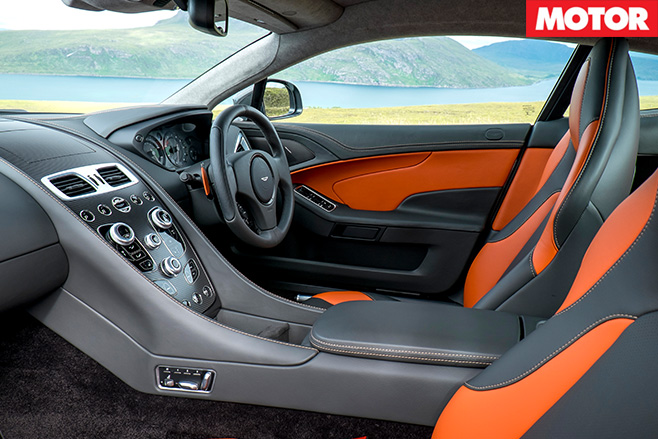
Atmo engines with high specific outputs need a stack of closely spaced gears to show them at their best, and this is precisely what the new gearbox does, keeping that delicious V12 yowling right in the thick of its torque band. Most of the time, and unlike the previous Vanquish, it feels like the torque converter is locked, so there is little or no mush in the system. Prod the pedal and it responds in kind.
Even so, its not going to frighten an Aventador or F12. Aston’s flagship will thrill all day long, but if you want to go past where exhilaration turns to wide-eyed, white-knuckled fear, it’s to the Italians you should turn. But if you are more interested in how a car feels than how fast it is from point to point, the Vanquish has more to commend it than ever.
Its steering is the most lucid in its class and its chassis probably now the best balanced. Use one to exploit the other and there’s rare and sophisticated pleasure to be had.
The price paid is ride quality. I’d tolerate some additional secondary interference for its greater agility, but primary body movements over humps and dips are disappointing. On admittedly tough roads in the Scottish Highlands, the Vanquish felt underdamped and lacking in poise.
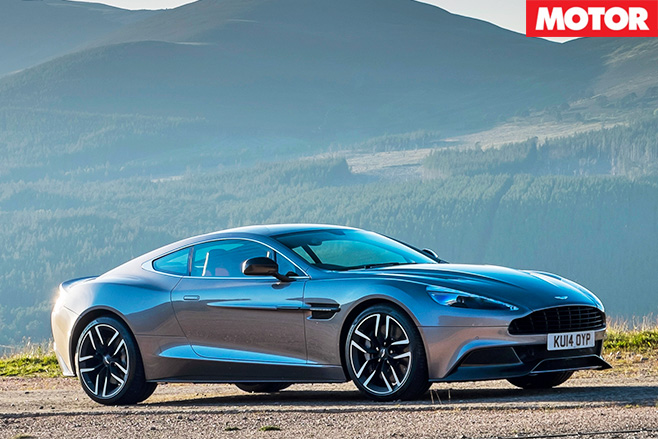
True, the gearbox has removed the car’s single biggest failing, but it would be more unkind than inaccurate to observe that all it has really done is allow the Vanquish to become the car it should have been from the moment it was launched. But when that car is as indulgent, satisfying and emotionally appealing as this one now is, such earlier and now irrelevant transgressions are easily overlooked.
4 out of 5 stars
Specs
Engine: 5935cc V12, DOHC, 48v Power: 424kW @ 6650rpm Torque: 630Nm @ 5500rpm Weight: 1739kg 0-100km/h: 3.8sec Price: $472,840

